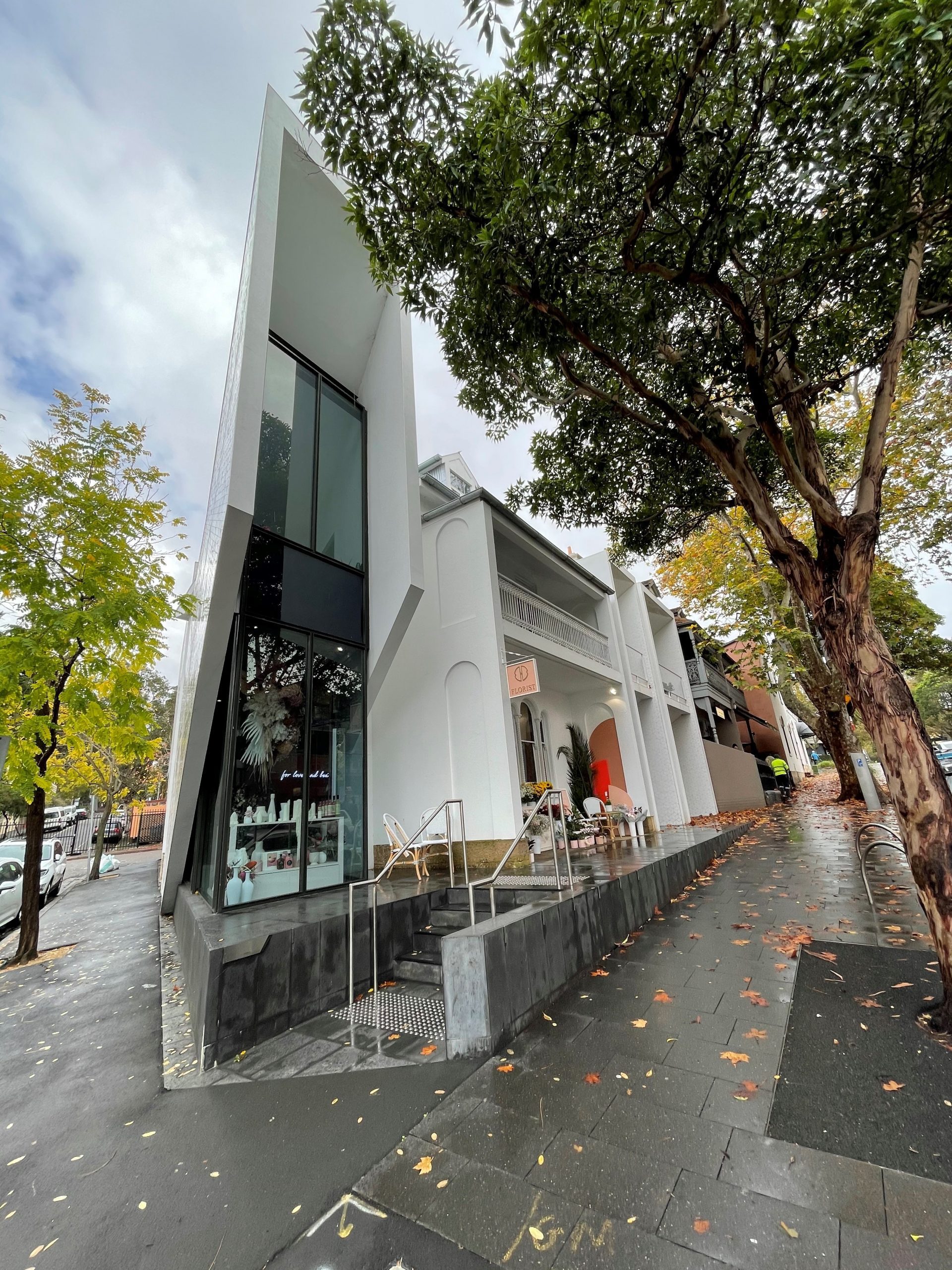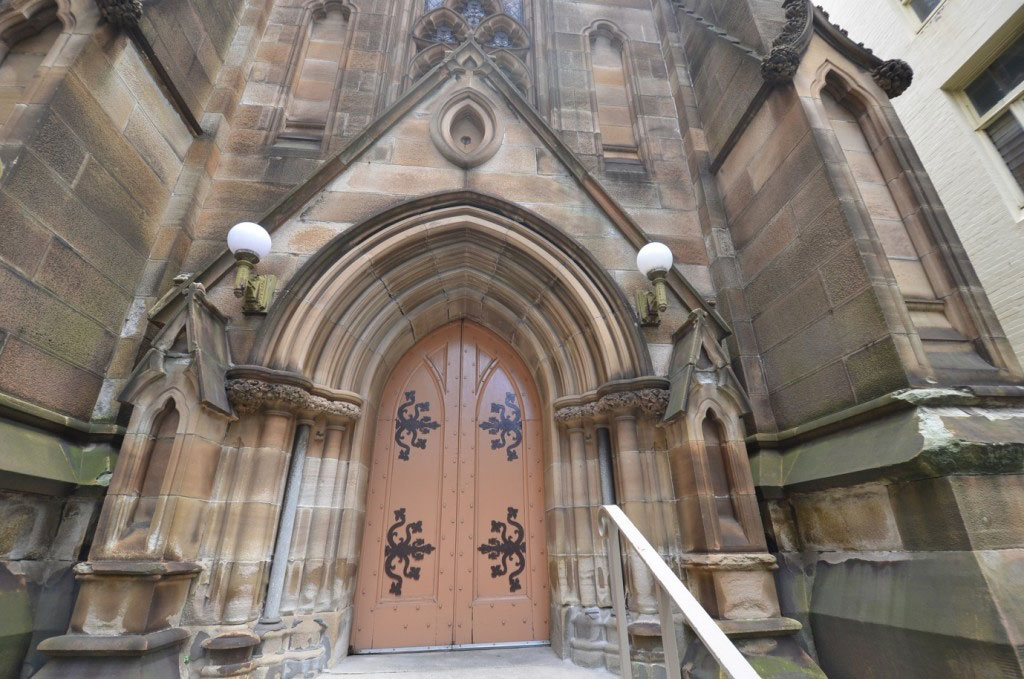Professional Associations
Should heritage design only be presided over by registered architects? Arguably, there is a case for only registered architects to be involved in decision making affecting listed heritage buildings and buildings in conservation areas because architectural training allows for an enhanced understanding of two critical skills. Firstly, understanding building fabric and construction methodology i.e. how buildings are constructed, detailing and materials and secondly, the rigours of design i.e. experience in making design decisions in the context of innumerable constraints and opportunities. Without a background in these two fundamentals, it is difficult to see how non-architecturally trained practitioners can make decisions affecting heritage buildings.

Fig.1 – Detail of sandstone church in Annandale (NSW) Australia
The same would go for assessing impacts – should this too only be presided over by those who have undergone the rigours of architectural training? The Institute of architects (AIA) believe that this is the case. I quote directly from their publication:
Some buildings are of such significance that retention in their original or existing form is essential. In other cases, it may be necessary for them to be upgraded to achieve compliance with current standards, and/or adapted for new uses in order to survive. Adaptive re-use involves appropriate and acceptable modification of the existing entity and perhaps sympathetic extensions, in order to reinvigorate the building and to achieve a dignified and viable future. To do this successfully it is always important to understand the significance of the place and its component parts, its context and setting, and the original design intent at the commencement of the process. Creativity allied with design skills as well as an appreciation of the original building are required. A sustainable future is assisted by the ongoing maintenance and appropriate use of existing buildings. The listing of buildings and places on statutory heritage registers and planning instruments places obligations on owners with regard to retention and maintenance and so must be allied with appropriate government assistance. At all levels of government, policies and funding are inadequately delivering the potential benefits to the broader community of heritage conservation initiatives.
The RAIA recommends that Governments pursue:
• A more rigorous process for the listing of heritage items. Listing must be based on well researched significance
• The creation of new organisations and processes within the Commonwealth, States, Territories and local government to responsibly manage important heritage properties. These may include public/private ventures which secure the property, while enabling effective use, maintenance and a degree of public access. Several possible models exist in New South Wales.
• The provision of adequate funding and tax incentives for important buildings and places
• Increased funding for the provision of adequate training for heritage conservation, specifically for architects
• The involvement of appropriately skilled architects in relevant decision-making regarding the conservation of listed heritage buildings and places.
I invite all of you blog readers and those on Linked-in to comment.
Paul Rappoport – Heritage 21
13 August 2018
Reference
• Heritage Policy (2008) The Australian Institute of Architects
Related Articles

Are we heading for a major showdown on Transport Oriented Development in heritage areas?
Already, the NSW State Government is fighting against Ku-ring-Gai wanting to slap interim heritage orders (IHOs) on its Heritage Conservation…
Read more
Upcoming Heritage Issues in Transport Oriented Development Areas (TODs)
Recently, the new legislation introduced by the NSW State Government from the Department of Planning and Environment, promotes affordable housing…
Read more
Incentivising Ownership of Heritage Buildings
In response to the recent enquiry by the government relating to the NSW Heritage Act, I made the following recommendation.…
Read more
Does the NSW Heritage Act Reflect the Expectations of the NSW community?
In the recent NSW Heritage Act inquiry, I submitted a series of recommendations to the government seeking community response in…
Read more

Need help getting started?
Check out our guides.

Complete the form below to contact us today.









